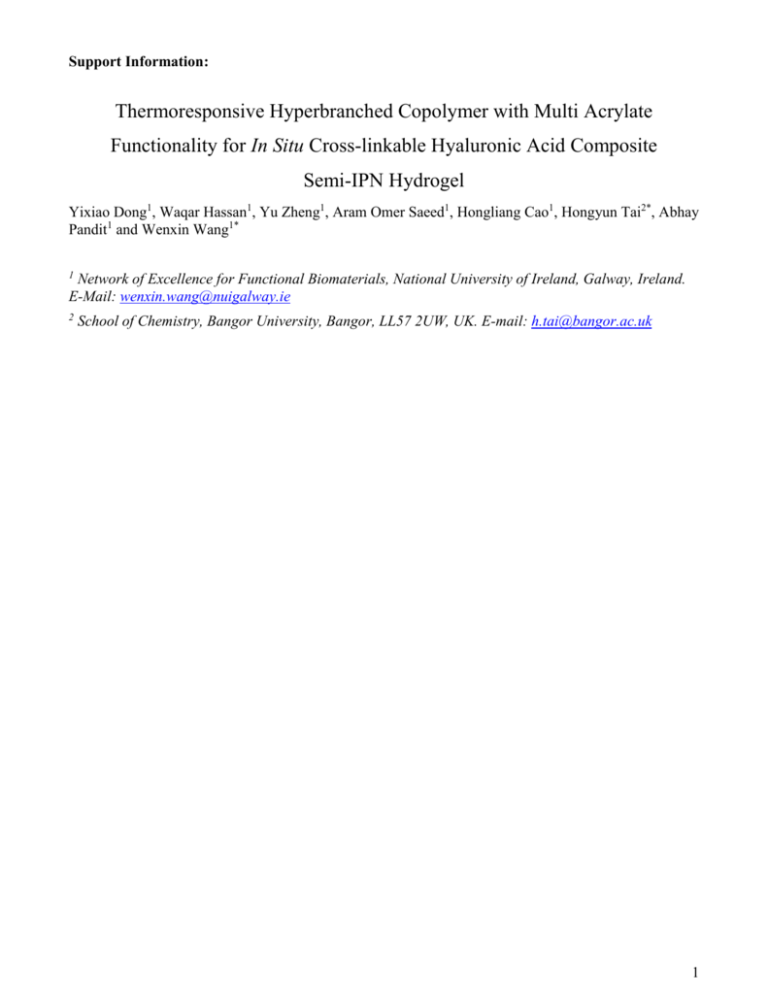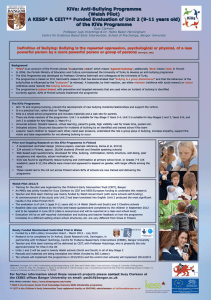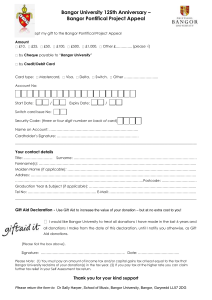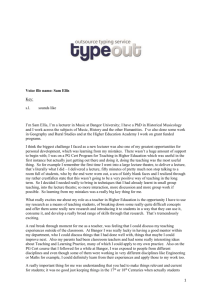In Situ - Springer Static Content Server
advertisement

Support Information: Thermoresponsive Hyperbranched Copolymer with Multi Acrylate Functionality for In Situ Cross-linkable Hyaluronic Acid Composite Semi-IPN Hydrogel Yixiao Dong1, Waqar Hassan1, Yu Zheng1, Aram Omer Saeed1, Hongliang Cao1, Hongyun Tai2*, Abhay Pandit1 and Wenxin Wang1* 1 Network of Excellence for Functional Biomaterials, National University of Ireland, Galway, Ireland. E-Mail: wenxin.wang@nuigalway.ie 2 School of Chemistry, Bangor University, Bangor, LL57 2UW, UK. E-mail: h.tai@bangor.ac.uk 1 Cytotoxicity Study by AlamarBlue® Assay For cellular viability studies, 3T3 mouse fibroblast cells (Passage 12) were utilized to study polymer cytotoxicity. 15,000 cells in Dulbecco’s Modified Eagle’s Medium (DMEM, Sigma, 10% FBS, 1% P/S,) were previously seeded into each well of a 48-wells tissue culture plate. After 24 h of incubation at 37 oC and 5% CO2, all the cells were attached to the bottom of culture plate and showed stable morphology under the microscope. Then PEGMEMA-MEO2MA-PEGDA copolymer and QT solutions (0.5, 1, 5 and 10 mg mL-1, dissolved in culture medium) were added into each well of the culture plate. After 48 h of incubation, the alamarBlue® reduction method was used to assess cellular metabolic activity. The absorbance at the lower wavelength filter (550 nm) was measured followed by the higher wavelength filter (595 nm) via a thermo scientific Varioskan® Flash Plate Reader. The results were calculated and normalized to the positive control (cells without treatment). Figure S1. Cellular metabolism viability assessment of 3T3 cells after 48 h treatment with PEGMEMAMEO2MA-PEGDA (entry 6 in Table 2) and QT using alamarBlue® assay. There is no significant difference between copolymer and QT treatment with control of cell alone (n=3, P < 0.05). 2











